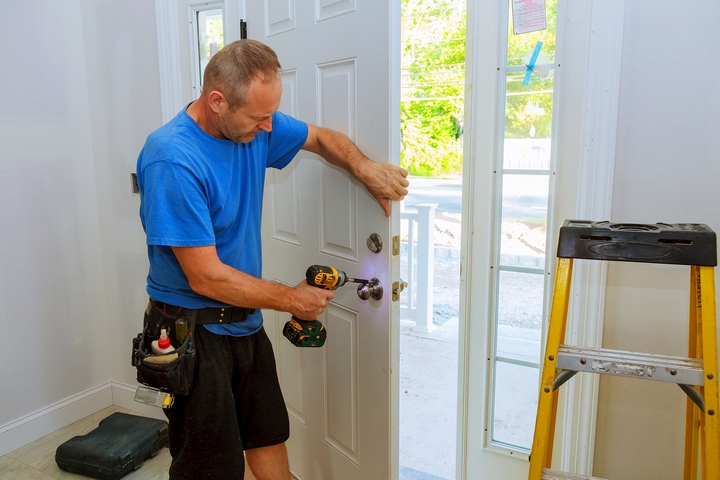
Have you ever locked your keys in your car? Have you ever had your purse stolen or lost and needed to get new locks for your house or car?
Have you ever broken a key off in a lock? Have you ever moved and wanted to install a new lock on your house? If so, these are times when you would call a locksmith to come and do the job, the right way. If you’re interested in learning more about how to become a locksmith and what the job entails, keep reading.
1. What a Locksmith Does

A locksmith adjusts, installs, and repairs locks, changes lock combinations, and makes keys and copies of keys. He or she may also offer a mobile service to attend customers on a shop or home premises. A locksmith offers services to gain entry to a locked house, car, or any other lock; will replace a lock when a key is lost or broken, or the lock is broken; and will install your alarm system. Most locksmiths have extensive knowledge of how to gain entry to safes and a wide range of different locking mechanisms.
2. What You Learn In A Locksmith Program

A person training to become a locksmith will learn to work with the following types of locks:
- residential security
- residential locks
- business security
- electronic security
- panic hardware
- car locks and security
You’ll also learn how to repair electronic locks, and the intricacies of key identification and how locks work. You’ll also learn about alarm systems, automotive lock systems, and how to run a key duplication machine. Depending on the course, you may also learn how to start your own locksmith business.
3. Education Levels of Locksmiths

A successful graduate of a Canadian locksmith training program will typically earn a certificate or diploma. Locksmithing in Canada is not a regulated profession, but service companies won’t hire you unless you’ve done a locksmithing course.
4. Education Requirements to Take a Locksmithing Course

Like most trade professions, a high school diploma or GED is the minimum requirement for locksmithing. If you’re still in high school, your guidance counsellor can help you find an employer who can apprentice you and show you how the trade works. A co-op program will count towards your high school diploma.
If you’re already out of high school, you will need to find your own apprenticeship placement while you complete your training period and courses. It usually takes two to three years to complete an apprenticeship in locksmithing. Apprenticeship is the best way to learn how to break locks and install new security systems and locks while under the tutelage of an experienced locksmith.
5. Study Locksmithing Online

There are online programs that will allow you to set your own learning schedule, which maximizes your ability to work at an apprenticeship while doing coursework at home. If you do choose to enrol in an online training course, you will receive all study materials like books, practice locks, and anything else you will need to complete the course. Depending on the course, you may also have the ability to take your exams online.
6. Attend a Private Locksmithing Academy

There are plenty of private locksmithing courses you can attend. Training is offered at different levels which are geared to students’ knowledge and ability, and are mostly designed for novice locksmiths who want to learn it as a trades skill. Some private locksmith schools and programs offer advanced and specialty courses for those experienced locksmiths who want to brush up on their training and knowledge.
7. The Association of Ontario Locksmiths

The Association of Ontario Locksmiths, or TAOL, is a great resource that will provide you with networking opportunities and access to consumers who go to the website to find reputable and reliable locksmiths in Ontario. TAOL also offers an in-class portion of an apprenticeship program, and is hopeful that legislation will be passed that will regulate the trade of locksmithing.









